SUMMARY
This is AI generated summarization, which may have errors. For context, always refer to the full article.
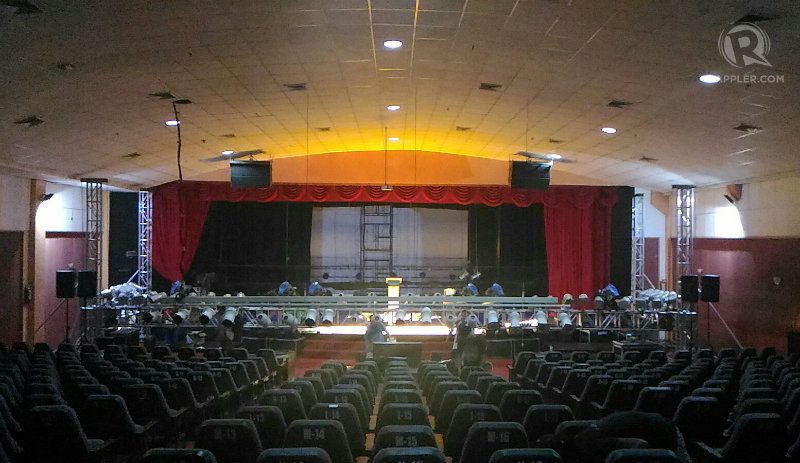
CAGAYAN DE ORO, Philippines – The presidential debate happening on Sunday, February 21, isn’t just the first debate sanctioned by the Commission on Elections (Comelec) since 1992.
It’s the first one happening outside Metro Manila, and it will be the first time that the public will see all the 2016 presidential candidates on one stage.
Comelec director James Jimenez said Friday, February 19, that all 5 presidential bets for the May polls have confirmed their attendance to the debate.
The poll body’s final list of contenders for the presidency include Liberal Party standard bearer Manuel Roxas II, United Nationalist Alliance standard bearer Vice President Jejomar Binay, Senators Grace Poe and Miriam Defensor Santiago, and Davao City Mayor Rodrigo Duterte.
In a press conference two days before the debate, Jimenez urged voters to tune in and listen to the candidates explain their platforms and programs.
“Isang hakbang ito patungo sa informed electorate na sinasabi natin,” Jimenez said. (This is a step towards an informed electorate.)
Debate format
The much-awaited presidential debate, which will be held at Capitol University in Cagayan de Oro City, will start with a one-minute opening statement from each of the presidential candidates.
After that, the debate rounds begin.
According to Philippine Daily Inquirer Executive Editor John Nery, the 5 candidates will be paired with another candidate for each round.
“We want some interaction between the candidates. So the first question will be addressed to candidate A, let’s say. Candidate A has 90 seconds to answer. After 90 seconds, the moderator will hand over the microphone to Candidate B, the partner in the pair. That candidate has 60 seconds to answer, rebut, or comment on the 90-second answer of the first candidate,” Nery explained.
After the response of the second candidate, the first candidate in the pair has 30 seconds to close the argument. The whole exchange for each pair is pegged at around 3 minutes.
But what if a candidate mentions another presidential aspirant who isn’t part of the pair? The moderator may ask that candidate to respond to the comment.
“It is now up to candidates [to decide] what kind of strategy they want for this particular format. Because, candidate A could criticize [candidate] B, C, D, and E, but that means all of the candidates get to reply. So they need to strike a balance,” Nery said.
According to Nery, the debate was arranged that way to be fair to all presidential aspirants. The pairings and sequence will be shuffled for each of the 3 or 4 rounds.
The forum will center on these topics: peace and order, poverty, agriculture, and the candidates’ track record.
It will then wrap up with a one-minute closing statement from each of the presidential aspirants.
The debate will be moderated by GMA-7 anchors Mike Enriquez and Jessica Soho and Inquirer Executive Editor John Nery.
GMA-7 and the Philippine Daily Inquirer are the official national media partners for this presidential debate.
Media guidelines
Other news outlets are allowed to use a maximum of two-minute excerpts from the debate, according to the memorandum of agreement (MOA) signed by Comelec, the Kapisanan ng mga Brodkaster ng Pilipinas and GMA News Network.
GMA-7 will also produce a two-minute highlight reel which could be used by other media outfits with attribution to the television network.
In Capitol University’s 500-seater mini theater, a total of 175 seats have been allotted for the supporters of each presidential candidate. The rest of the seats are for the representatives from several sectors in Mindanao, including local media.
GMA-7 recently adjusted the number of slots allotted to Mindanao journalists after the Cagayan de Oro press club complained of alleged discrimination in the media coverage for the debates.
But there’s a catch. Media cannot bring in “any type of coverage equipment” inside the mini theater. Organizers also discourage audience members from taking photos during the event.
On Friday, Rappler filed a lawsuit with the Supreme Court asking it to intervene to allow millions of Filipinos to watch the upcoming presidential debate on their phones, tablets and computers.
“It’s normal for large networks to push for all they can get, but it’s not normal for the Comelec, the body that administers elections, to abdicate its responsibility to ensure equal access,” the Rappler statement said.
Earlier in January, media companies signed a MOA with the Comelec to mount a series of national debates to help voters “[make] informed choices” on election day.
Aside from the KBP, GMA-7, and the Philippine Daily Inquirer, the following also signed the agreement: ABS-CBN and Manila Bulletin as partners; CNN Philippines, BusinessMirror, and Rappler; and TV5 and the Philippine Star. – Rappler.com
Add a comment
How does this make you feel?
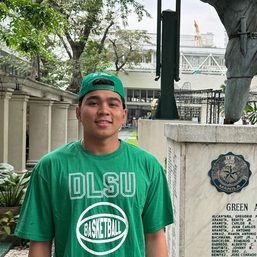
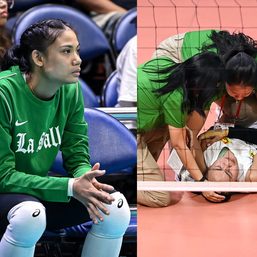
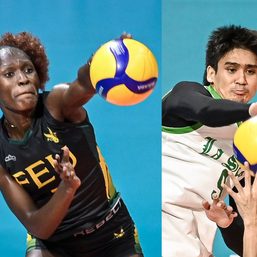
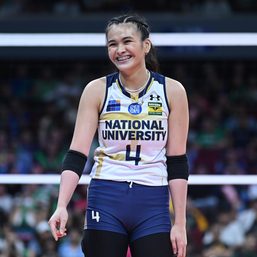
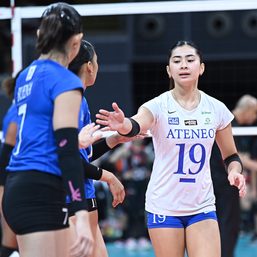
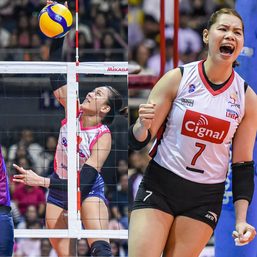
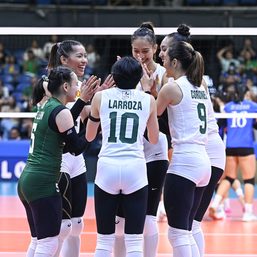
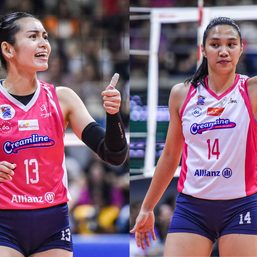
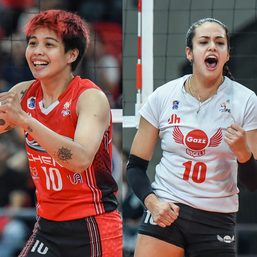
There are no comments yet. Add your comment to start the conversation.